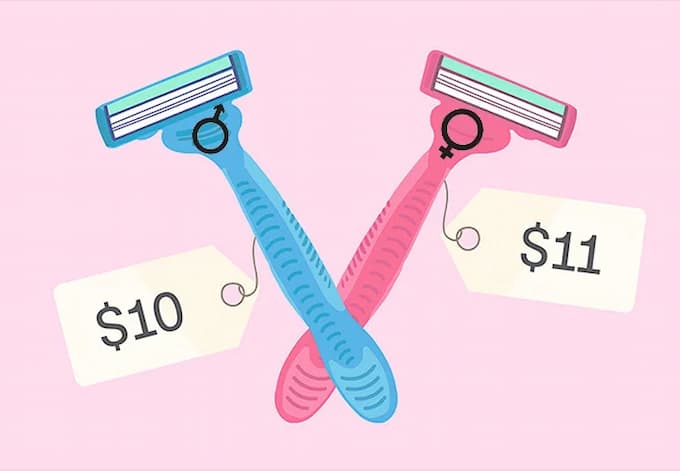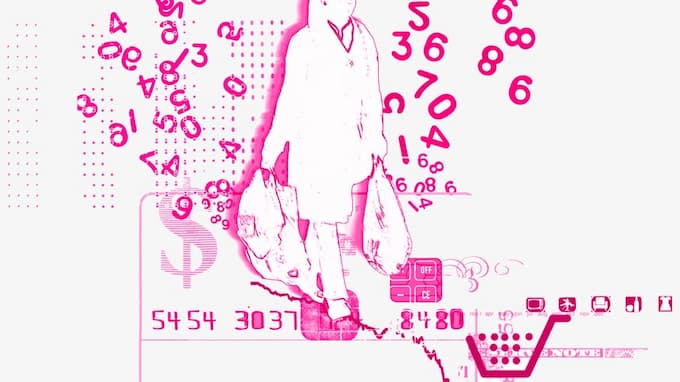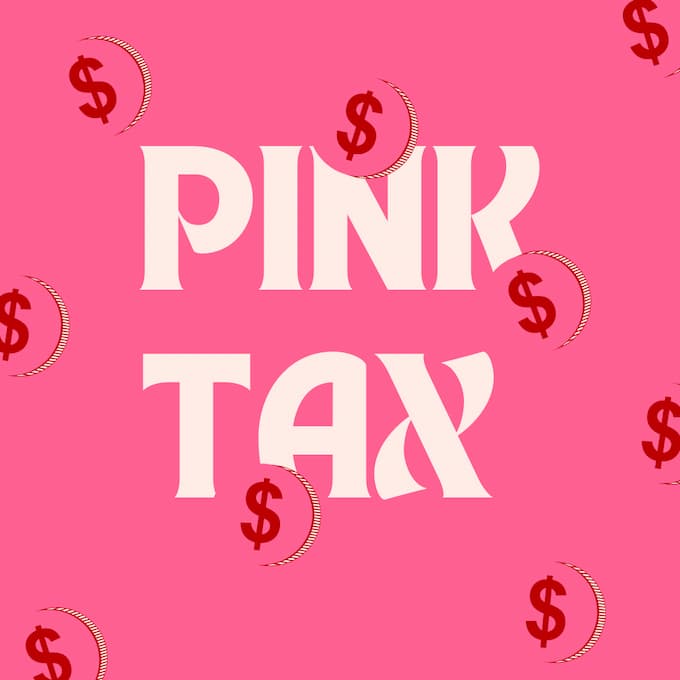In a world where gender equality is increasingly valued and advocated for, it’s disheartening to discover that gender-based pricing disparities persist in various industries. One prominent example of this is the “Pink Tax.” In this article, we will delve into the concept of the Pink Tax, examining its definition, economic implications, and the efforts being made to address and eliminate this form of gender pricing discrimination.
What is the Pink Tax?
The Pink Tax refers to the phenomenon where products marketed to women are priced higher than similar products targeted at men. It essentially means that women are charged more for goods and services, solely based on their gender.

The Pink Tax can be observed in a wide range of products, including personal care items such as razors and shampoo, clothing, toys, and even services like dry cleaning.
Read More: What Are Savings – Your Ultimate Guide To Building Wealth
Factors Contributing to the Pink Tax
The Pink Tax, a phenomenon involving higher prices for products and services marketed towards women, is influenced by several key factors:
Packaging and Marketing:
- Gender-Specific Packaging: Products targeted at women often feature packaging that adheres to traditional gender stereotypes. This includes using colors, imagery, and language that align with expected gender norms. Such packaging can be used to justify higher prices, as it is tailored to a specific gender’s perceived preferences.
- Marketing Strategies: Companies invest in marketing campaigns that highlight gender-related benefits or features, even if the actual product is similar to its male-targeted counterpart. These marketing efforts can create the perception of added value, which can then be used as a rationale for higher pricing.
Product Design and Features:
- Claimed Enhancements: Manufacturers sometimes argue that products designed for women have added features, improved quality, or unique scents that justify the higher price tags. However, these claims have faced scrutiny, as consumers and advocates question whether the actual product differences warrant the price disparity.
- Comparable Products: In many instances, products marketed towards different genders are nearly identical in terms of composition and functionality. The Pink Tax is often applied to products such as razors, clothing, and personal care items where gender-specific variations may be minimal.
Economic Implications:
- Financial Burden: The Pink Tax places significant financial burdens on women over time. Paying more for everyday essentials and services can limit their ability to save, invest, and achieve financial goals, ultimately contributing to long-term economic disparities.
- Impact on Savings and Investment: The additional expenses resulting from the Pink Tax can hinder women’s capacity to save for retirement, invest in assets, or pursue financial independence. This can have lasting effects on their overall financial well-being.
Societal Impact:
- Perpetuation of Gender Stereotypes: The Pink Tax reinforces conventional gender stereotypes by suggesting that products tailored to women are inherently more valuable or require additional features. This perpetuates limiting societal norms related to gender roles and consumption.
- Gender Equality and Inclusion: Advocates argue that gender-based pricing practices like the Pink Tax contribute to gender inequality. Eliminating such pricing disparities is viewed as a crucial step toward achieving greater gender equality and inclusivity.
Addressing the Pink Tax
Increasing consumer awareness about the Pink Tax empowers individuals to make informed purchasing decisions and demand fair pricing practices.

Various advocacy groups and lawmakers are pushing for legislation to combat gender-based pricing disparities and hold businesses accountable.
Brands and Retailers Taking Action
Some progressive brands are implementing gender-neutral pricing policies, charging the same prices for similar products, regardless of gender.
Brands that openly disclose their pricing strategies and explain any price discrepancies are gaining popularity among conscious consumers.
Pink Tax Around the World
The Pink Tax is not limited to a specific region; it is a global issue affecting consumers worldwide.
Countries and organizations around the world are collaborating to address the Pink Tax and promote fair pricing practices.

Don’t miss out: How To Make Money Blogging?
The Role of Consumers in Driving Change
Consumers play a pivotal role in effecting change when it comes to addressing gender-based pricing disparities, often referred to as the Pink Tax. Here are ways in which consumers can actively contribute to driving change:
Informed Consumer Choices:
- Research and Awareness: Informed consumers can research products and services to identify instances of gender-based pricing. Awareness is the first step toward making more equitable choices.
- Price Comparison: Regularly compare prices of similar products marketed to different genders. Evaluate whether the price difference is justified by the product’s actual features and quality.
Support Brands with Fair Pricing Practices:
- Patronize Equitable Brands: Choose to buy from companies that have fair pricing practices and do not engage in gender-based pricing disparities. Support brands that prioritize transparency and equal pricing.
- Brand Loyalty: Foster brand loyalty to businesses that actively work to eliminate the Pink Tax. Loyal customers can encourage brands to continue their efforts toward equitable pricing.

Advocacy and Feedback:
- Consumer Activism: Engage in consumer activism by raising awareness about the Pink Tax through social media, reviews, and discussions. Encourage others to make informed choices and support gender-neutral pricing.
- Feedback to Companies: Provide feedback to companies that engage in gender-based pricing. Express concerns about these practices and urge them to adopt fairer pricing strategies.
Legislative Support & Educate
- Support Legislative Initiatives: Advocate for legislative initiatives aimed at addressing gender-based pricing disparities. Encourage lawmakers to enact laws that prohibit such pricing practices.
- Spread Awareness: Educate friends and family about the Pink Tax and its implications. Empower others to make informed decisions as consumers.
Shop Gender-Neutral Products:
- Preference for Gender-Neutral Products: When possible, opt for gender-neutral or unisex products. This choice can send a message to businesses that consumers prioritize fair pricing practices.
- Join Advocacy Groups: Participate in or support advocacy groups and organizations that actively campaign against the Pink Tax. These groups often work to raise awareness, lobby for legislative changes, and hold businesses accountable.
Challenging stereotypes and promoting inclusivity can lead to a more equitable society. The path to eliminating the Pink Tax involves a collective effort to create a more equal and just world for everyone.
The Pink Tax is an undeniable problem that demands action and awareness. By grasping its implications, advocating for change, and making aware picks as consumers, we will make contributions to dismantling the structures that perpetuate gender-based pricing disparities. Together, we will pass toward a more equitable and inclusive market, in which all of us are afforded fair treatment, no matter our gender.
Visit our website for more information: https://savegooglewave.com/

